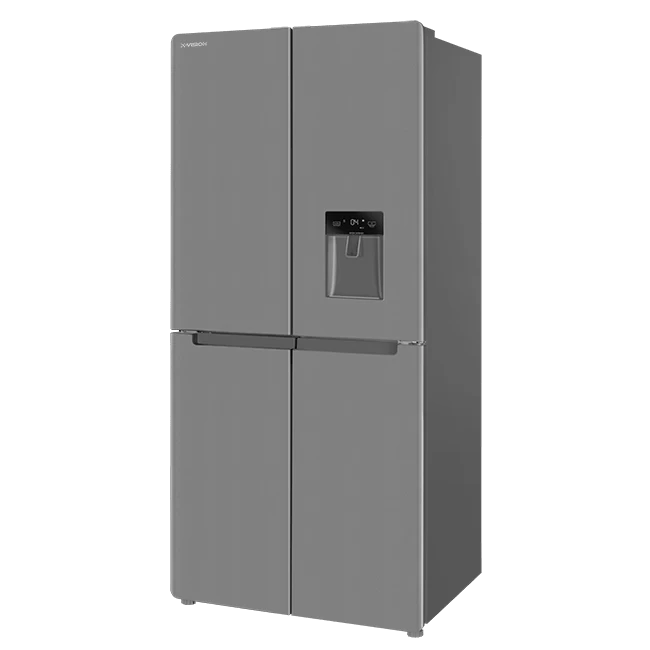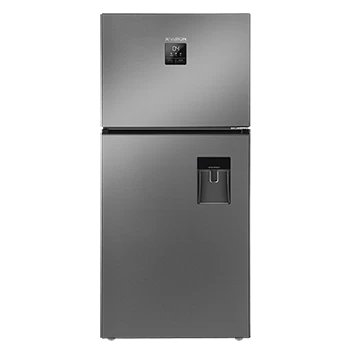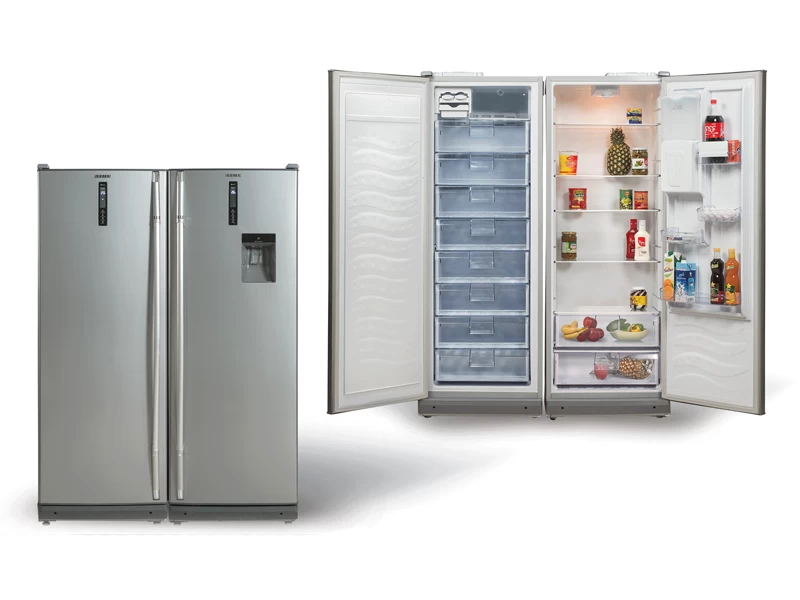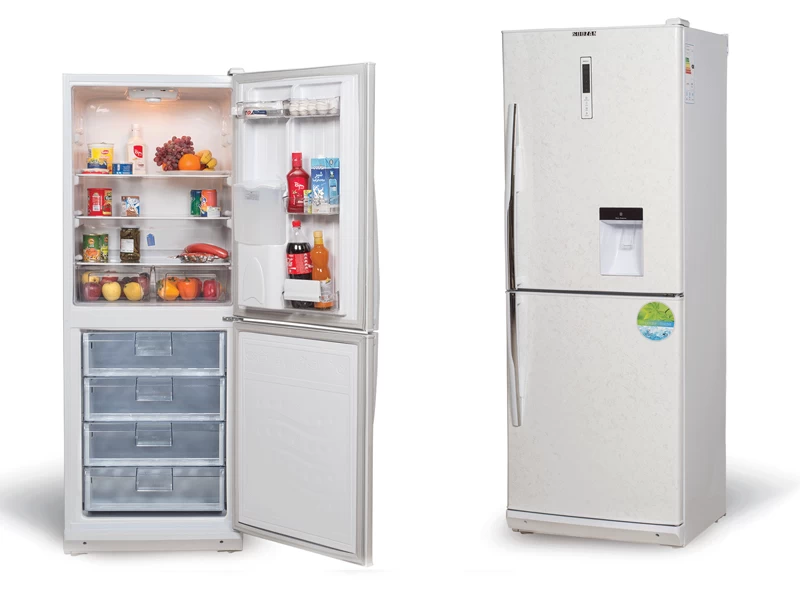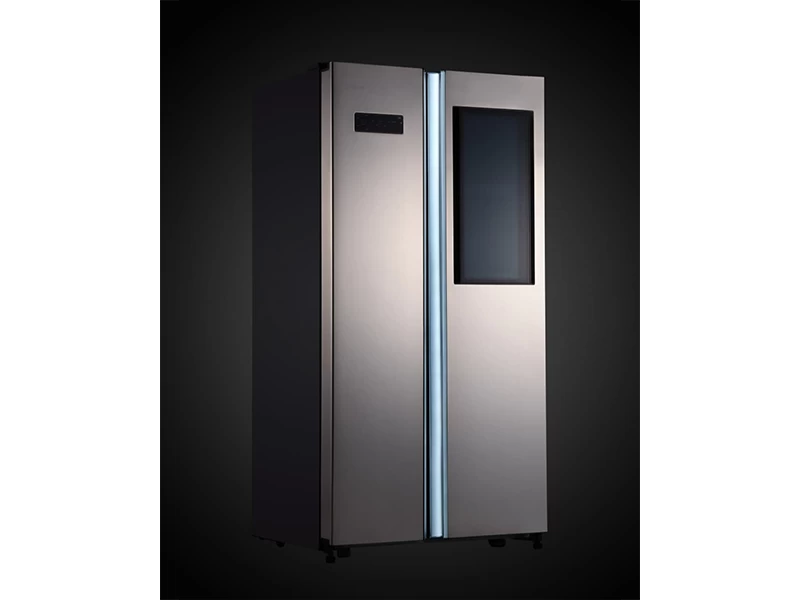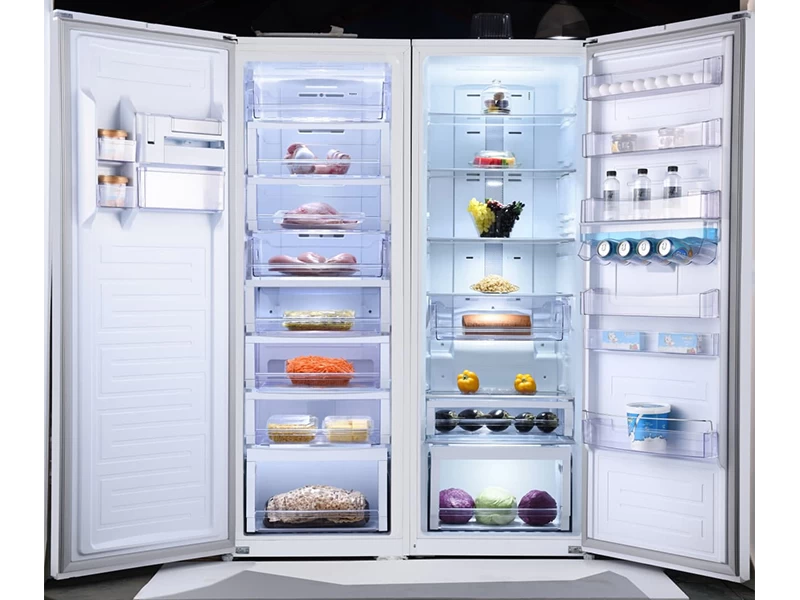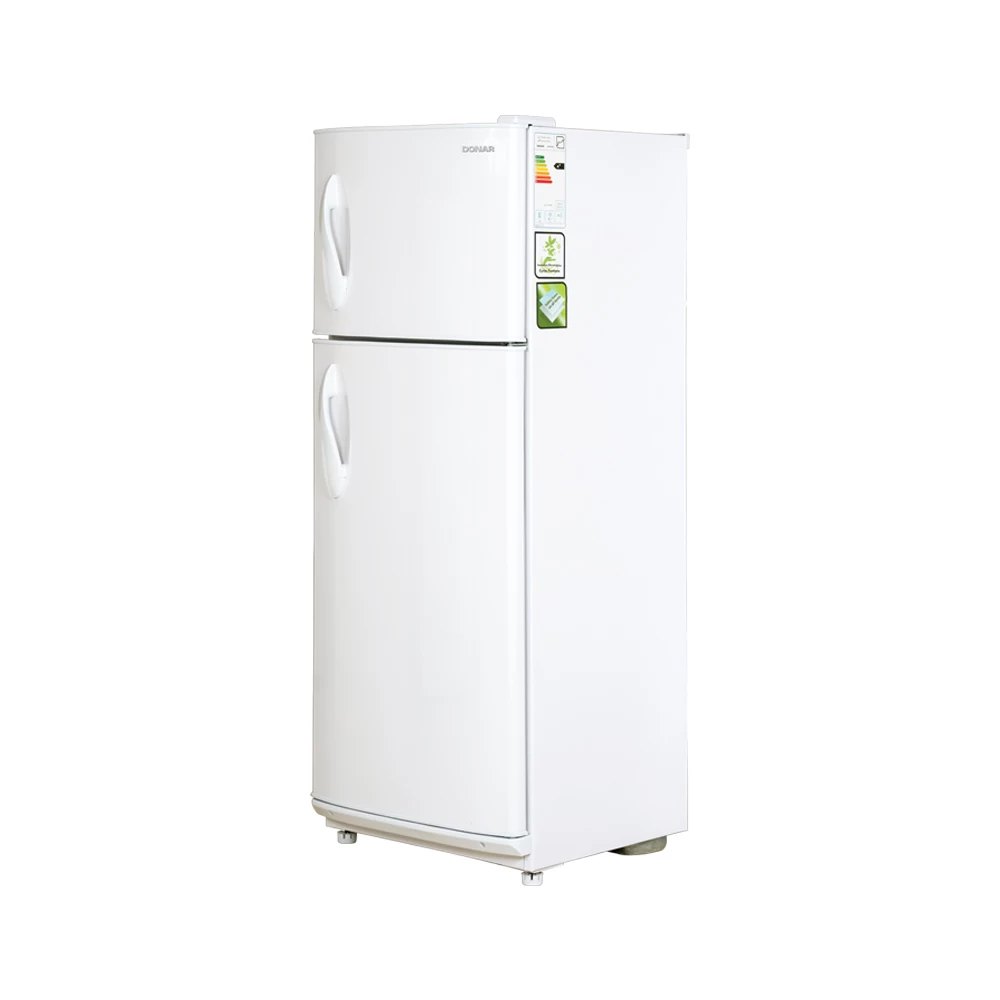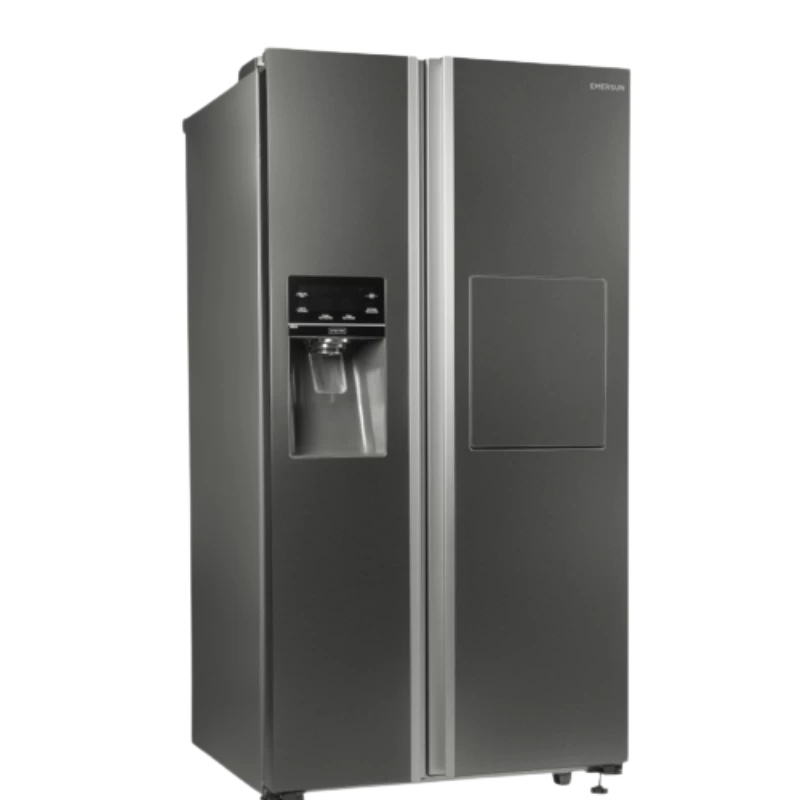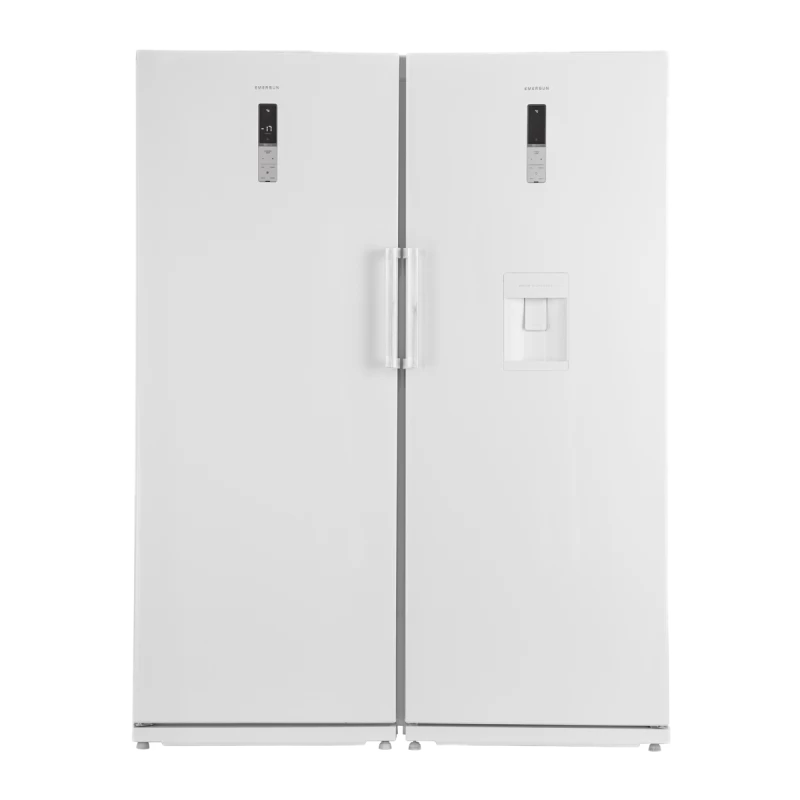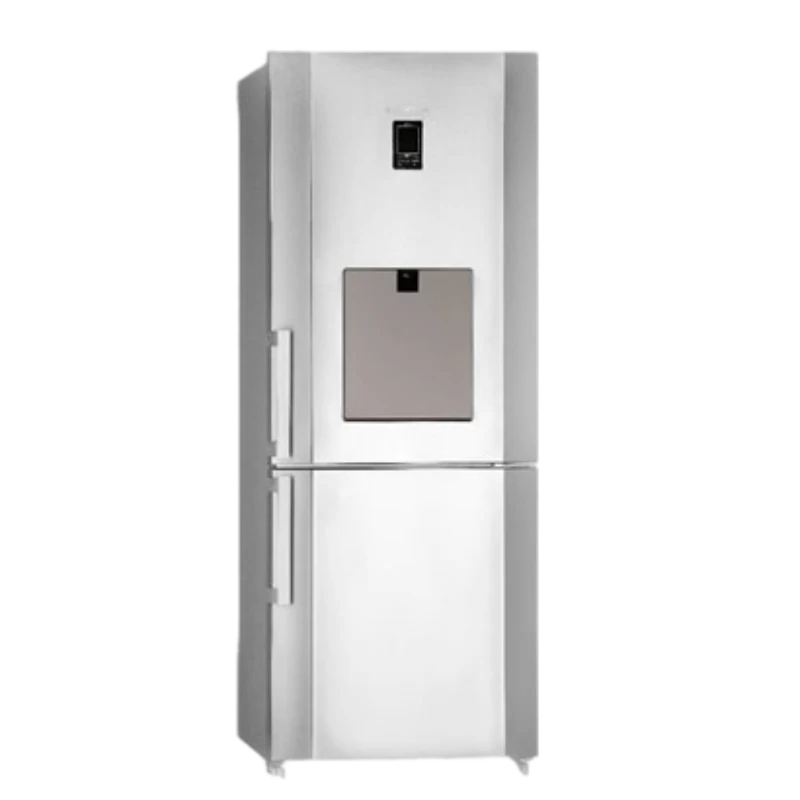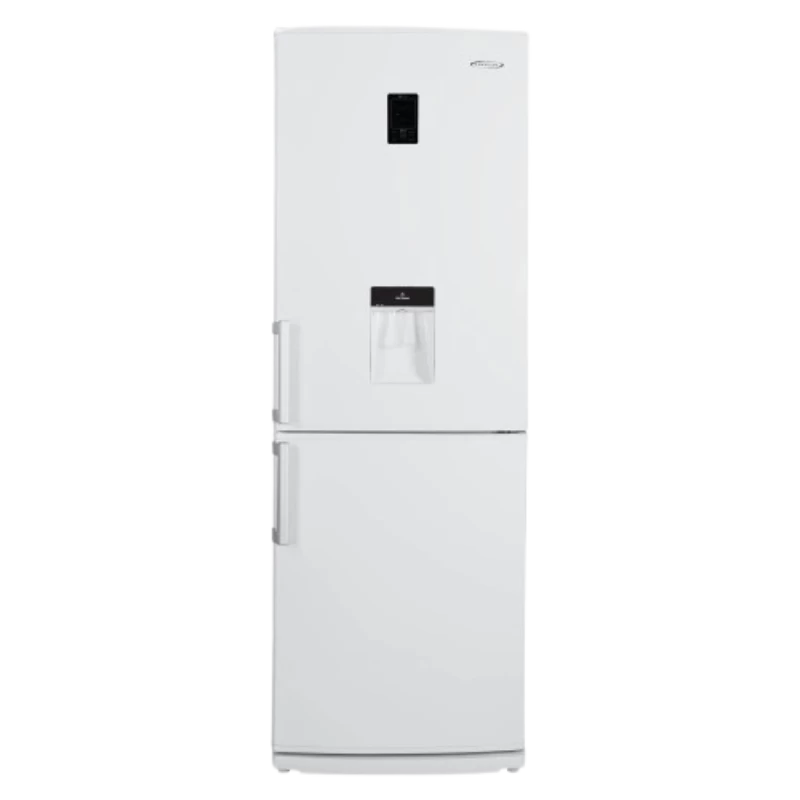Refrigerators & Freezers
The refrigerator and freezer are essential appliances in modern households, playing a crucial role in preserving and storing perishable food items. These appliances have evolved significantly over the years, offering advanced features to meet the diverse needs of consumers.
Refrigerators are designed to maintain a cool temperature, typically between 34 and 40 degrees Fahrenheit (1 to 4 degrees Celsius), slowing down the growth of bacteria and fungi on food. They consist of compartments with adjustable shelves, allowing users to organize items efficiently. The main section is dedicated to fresh produce, dairy, and beverages, while specialized compartments like the crisper drawer help extend the shelf life of fruits and vegetables by regulating humidity levels.
Freezers, on the other hand, operate at much lower temperatures, usually around 0 degrees Fahrenheit (-18 degrees Celsius) or lower. This extreme cold prevents the growth of microorganisms, effectively preserving food for an extended period. Freezers are equipped with shelves and bins to facilitate organized storage of frozen goods, ranging from meats and poultry to frozen vegetables and prepared meals.
Modern refrigerators often feature advanced technologies such as adjustable temperature controls, digital displays, and energy-efficient mechanisms. Some models even include smart capabilities, allowing users to monitor and control the appliance remotely via smartphone apps. Additionally, many refrigerators now have water and ice dispensers, providing convenience and eliminating the need for separate water containers or ice trays.
Energy efficiency has become a key focus in the design of these appliances, with manufacturers incorporating features like LED lighting and improved insulation materials. This not only reduces energy consumption but also contributes to lower utility bills and a more environmentally friendly operation.
In conclusion, refrigerators and freezers are indispensable components of the contemporary kitchen. Their evolution has been marked by technological advancements aimed at enhancing convenience, energy efficiency, and food preservation capabilities, making them integral to maintaining a well-functioning and organized household.

Refrigerators and freezers are versatile appliances that cater to a wide range of perishable items. Here's a breakdown of what foods and beverages are commonly stored in each:
Refrigerator:
1. Fresh Produce: Fruits and vegetables benefit from the cool, but not freezing, temperatures to slow down spoilage.
2. Dairy Products: Milk, cheese, yogurt, and butter are best kept in the refrigerator to maintain freshness.
3. Eggs: Eggs should be stored in the refrigerator to prevent bacterial growth.
4. Condiments: Items like ketchup, mustard, mayonnaise, and salad dressings are typically refrigerated after opening.
5. Leftovers: Cooked foods should be stored in the refrigerator within a couple of hours to prevent bacterial growth.
6. Meat and Poultry: Raw meat and poultry should be kept in the refrigerator to slow down spoilage and reduce the risk of foodborne illnesses.
Freezer:
1. Frozen Vegetables: These can be stored in the freezer for an extended period, retaining their nutritional value.
2. Frozen Fruits: Berries, chopped fruits, and other frozen options are convenient for smoothies and desserts.
3. Meat and Seafood: Raw meat, poultry, and seafood can be stored in the freezer for long-term preservation.
4. Ice Cream: A classic freezer item, ice cream maintains its texture and flavor when kept at freezing temperatures.
5. Bread and Baked Goods: These items can be stored in the freezer to extend their shelf life.
6. Prepared Meals: Frozen dinners or homemade meals can be stored in the freezer for quick and convenient meals.

It's important to note that some items, like certain fruits and vegetables, may have texture changes when frozen, so personal preferences come into play. Additionally, always check product labels for specific storage recommendations, and be mindful of recommended storage times to ensure food safety.
High-quality refrigerators and freezers exhibit several characteristics that contribute to their performance, durability, and user satisfaction. Here are some key features to look for:
1. Energy Efficiency: A top-notch appliance is designed to be energy-efficient, reducing electricity consumption and lowering utility costs. Look for ENERGY STAR certified models that meet or exceed energy efficiency guidelines.
2. Temperature Control and Consistency: Precise temperature control is essential for preserving different types of food. High-quality refrigerators and freezers maintain consistent temperatures throughout their compartments, ensuring optimal freshness.
3. Durability and Build Quality: Longevity is a sign of a high-quality appliance. Look for models with sturdy construction, durable materials, and robust hinges and handles that can withstand daily use.
4. Advanced Cooling Technologies: Some refrigerators feature advanced cooling technologies such as dual cooling systems, which maintain separate climates for the refrigerator and freezer compartments. This helps to prevent flavor transfer between different foods.
5. Adjustable Shelving and Storage Flexibility: A well-designed interior with adjustable shelves and flexible storage options enhances the usability of the appliance. This allows users to customize the space according to their specific needs and preferences.
6. Noise Level: Quiet operation is a desirable trait in refrigerators and freezers, especially in open-concept living spaces. High-quality models are designed to operate quietly, minimizing disturbances.
7. Smart Features: Many modern appliances come with smart features, such as Wi-Fi connectivity, touchscreens, and app integration. These features can provide convenience and advanced control options.
8. Water and Ice Dispensers: Built-in water and ice dispensers are convenient additions to refrigerators, providing easy access to filtered water and ice without opening the door.
9. Frost-Free Functionality: Freezers with frost-free technology prevent ice buildup, eliminating the need for manual defrosting. This feature contributes to ease of maintenance and ensures optimal performance.
10. Interior Lighting: Well-placed and bright interior lighting enhances visibility, making it easier to locate items in the refrigerator and freezer. LED lighting is energy-efficient and commonly found in high-quality models.

Before purchasing a refrigerator or freezer, it's essential to consider your specific needs, available space, and budget. Reading user reviews and seeking recommendations can also provide valuable insights into the performance and reliability of different models.
Refrigerators and freezers are commonly exported globally as products. Manufacturers and distributors often engage in international trade, exporting these appliances to various countries. The exportation of refrigerators and freezers is subject to trade regulations, customs procedures, and compliance with safety standards in the destination country.


Exporters need to navigate the logistics of shipping, comply with any import/export restrictions, and ensure that the products meet the applicable safety and energy efficiency standards of the target market. It's also crucial to consider factors like voltage compatibility and product labeling to meet the requirements of different regions.
Exporting refrigerators and freezers involves coordination between manufacturers, shipping companies, and distributors to ensure a smooth and compliant international trade process.

Refrigerators and freezers are versatile appliances that cater to a wide range of perishable items. Here's a breakdown of what foods and beverages are commonly stored in each:
1. Fresh Produce: Fruits and vegetables benefit from the cool, but not freezing, temperatures to slow down spoilage.
2. Dairy Products: Milk, cheese, yogurt, and butter are best kept in the refrigerator to maintain freshness.
3. Eggs: Eggs should be stored in the refrigerator to prevent bacterial growth.
4. Condiments: Items like ketchup, mustard, mayonnaise, and salad dressings are typically refrigerated after opening.
5. Leftovers: Cooked foods should be stored in the refrigerator within a couple of hours to prevent bacterial growth.
6. Meat and Poultry: Raw meat and poultry should be kept in the refrigerator to slow down spoilage and reduce the risk of foodborne illnesses.
1. Frozen Vegetables: These can be stored in the freezer for an extended period, retaining their nutritional value.
2. Frozen Fruits: Berries, chopped fruits, and other frozen options are convenient for smoothies and desserts.
3. Meat and Seafood: Raw meat, poultry, and seafood can be stored in the freezer for long-term preservation.
4. Ice Cream: A classic freezer item, ice cream maintains its texture and flavor when kept at freezing temperatures.
5. Bread and Baked Goods: These items can be stored in the freezer to extend their shelf life.
6. Prepared Meals: Frozen dinners or homemade meals can be stored in the freezer for quick and convenient meals.

High-quality refrigerators and freezers exhibit several characteristics that contribute to their performance, durability, and user satisfaction. Here are some key features to look for:

Refrigerators and freezers are commonly exported globally as products. Manufacturers and distributors often engage in international trade, exporting these appliances to various countries. The exportation of refrigerators and freezers is subject to trade regulations, customs procedures, and compliance with safety standards in the destination country.


FAQs
What keeps a fridge cold?
The refrigeration cycle and a coolant called refrigerant.
What is the most important part of refrigerators?
The compressor, as it circulates refrigerant to cool the interior.
Why do we use refrigerators?
To preserve food by slowing down bacterial growth and spoilage.
What makes fridge so important?
Preserves food, reduces waste, and enhances food safety.
 +7929688-88-14
+7929688-88-14

 English
English
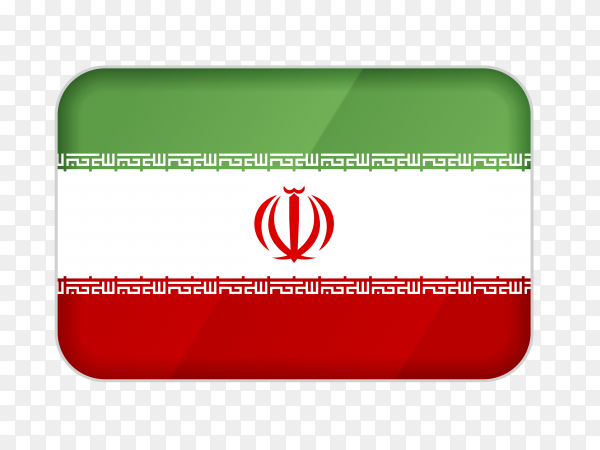 Persian
Persian
 Russian
Russian
 Chinese
Chinese


 +7929688-88-14
+7929688-88-14

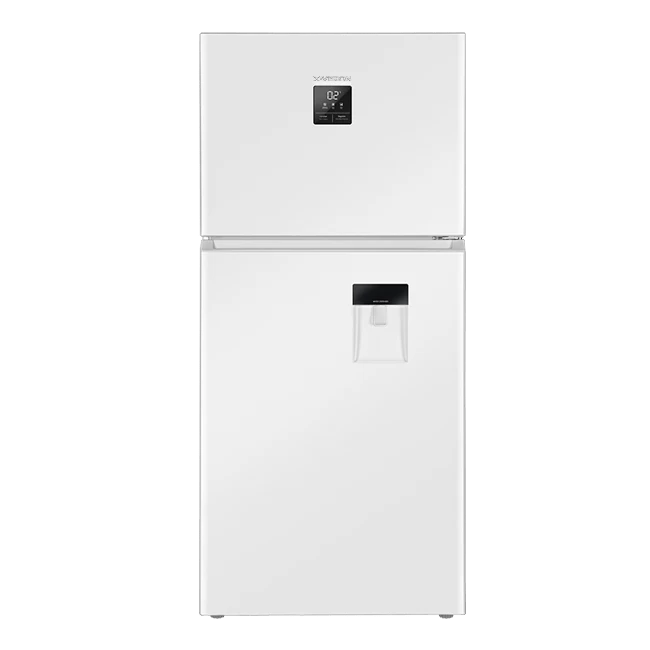

.webp)
